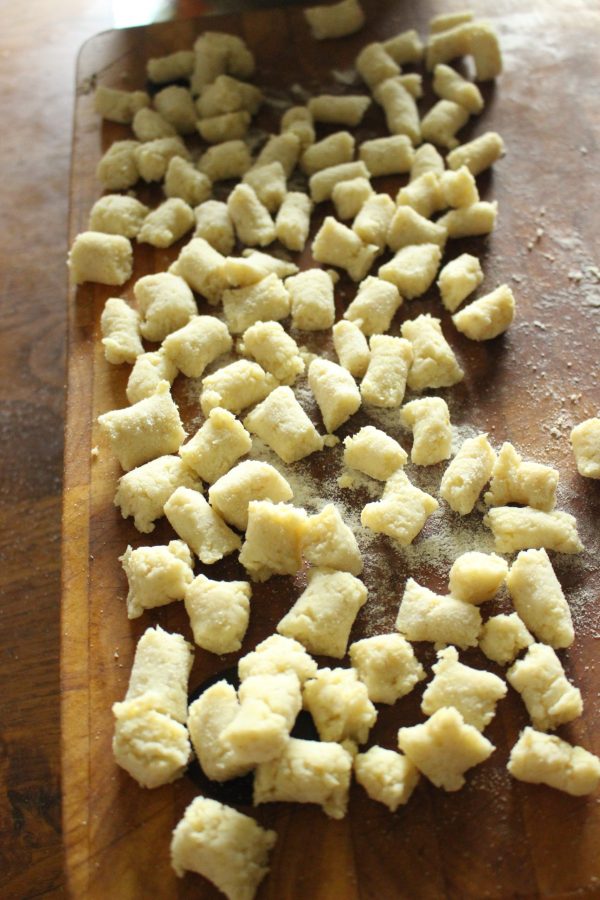Oven-baked fermented semi-wholegrain millet cakes. They are easier to eat than to say! 4 days in the making, but it’s mostly hands off. Still, it makes me sound like a pro so here we go 😉 This is what I did with the millet (there’s a pic a few posts back of it straight from the shop): Soaked, rinsed, sprouted, blended, fermented, dolloped (the technical term) and then baked.
.
They really do not keep and are best, as here, straight from the oven. .
Looking at the long description above, I can see how absurd this might seem to one who takes a slice of bread from a packet. But I love it. We eat these often.
.
You can also use the fermented mix to make porridge. It is very good.
.
A few days left of April to have a go at the #ancestralcookup Beef & Barley stew. We are doing it again tomorrow here. I’d love to see your pictures if you do – the recipe template is in my bio.
… Read More






